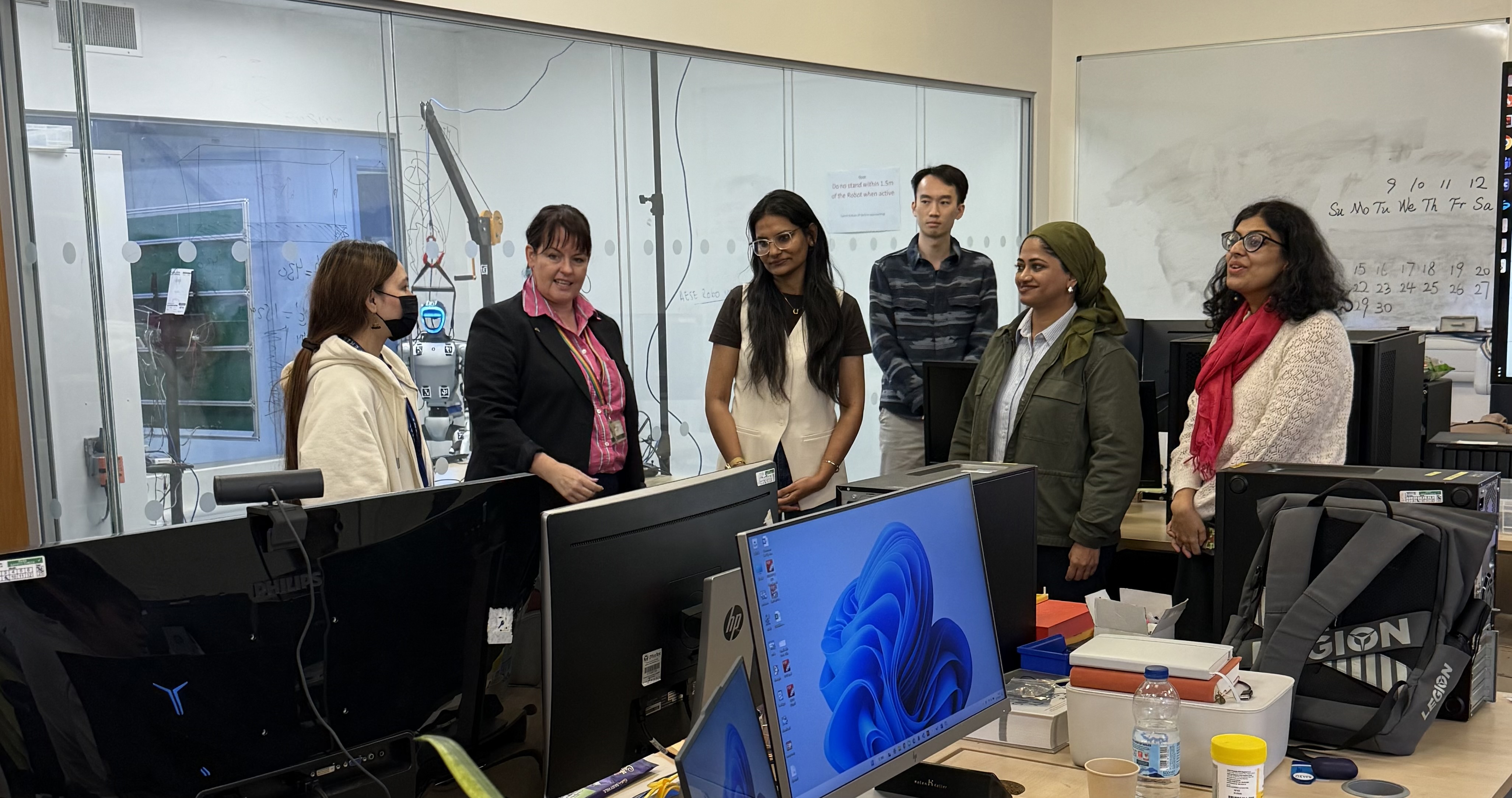The 6G Symposium: Insights from CHEDDAR
1 Apr, 2025

At the recent 6G Symposium, Prof. Muhammad Imran chaired a thoughtful panel constituted of global experts in the field of wireless communications including Prof. Julie McCann and Prof. Imran himself, both Principal Investigators with CHEDDAR who shared their perspectives on the evolving landscape of communication technologies, particularly in the context of the UK’s research and innovation ecosystem.
The core message was clear: we must strike a careful balance between near-term opportunities and long-term innovation. While it’s essential to focus on technologies that are edging closer to commercialisation, we should not lose sight of exploratory research that may shape the communications landscape beyond 6G.
“Technologies and desired features already defined in 3GPP standards (Release 21) should not limit innovation. Even if something doesn’t align with the immediate vision for 6G, it may still hold value for developments beyond it,” the panel explained.
UK Strengths and Societal Needs
The panel also highlighted the UK’s unique strengths particularly in quantum communications, communications hardware, responsible AI, and security. These capabilities position the UK well for leadership in the development of secure, future-ready communication systems.
At the same time, they acknowledged the importance of addressing persistent challenges, such as the digital divide. In this regard, non-terrestrial networks and other cost-effective solutions could play a key role in connecting underserved and rural communities, ensuring that the benefits of technological advancement are inclusive.
The Expanding Role of AI
Artificial Intelligence, unsurprisingly, remains a dominant theme in conversations about the future of telecoms. The panellists pointed to its potential for enabling human-out-of-the-loop automation, which could reduce the operational complexity of technologies like Reconfigurable Intelligent Surfaces (RIS) and other hardware that traditionally demand manual configuration and oversight.
The UK’s capacity to develop these AI solutions along with relatively straightforward routes to market suggests continued investment in this area is both strategic and promising.
Beyond Softwarisation
A key takeaway from the presentation was a caution against viewing the future of telecoms as purely a software play. While the industry has clearly shifted towards softwarisation, the progress in AI and automation would not have been possible without years of platform and hardware development to support native edge and system-level intelligence.
This underscores the importance of maintaining a balanced innovation pipeline one that nurtures both software and physical infrastructure innovation.
Integrated Communications and Sensing (ICS)
From a user perspective, omnipresent sensing – a concept gaining traction is likely to be more acceptable if embedded into Integrated Communications and Sensing (ICS) rather than as standalone sensing infrastructure.
ICS may demand new or refined waveforms, but the panellists noted that for legacy and practical reasons, OFDM and its variants are likely to remain prevalent in future system designs.
Looking Ahead
The panel’s insights offer a nuanced roadmap for how the UK and the global research community might approach the development of next-generation communication systems. Their message is a timely reminder that future innovation doesn’t happen in isolation from present-day realities.
At CHEDDAR, we echo this forward-thinking approach: combining long-term vision with near-term impact, and exploring the intersection of emerging technologies, policy, and societal needs.




